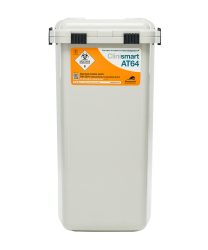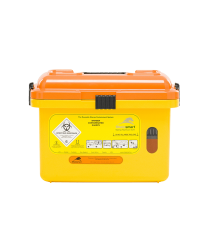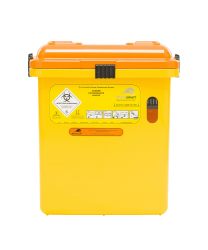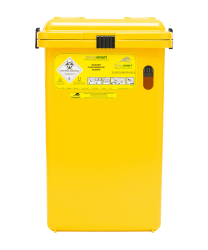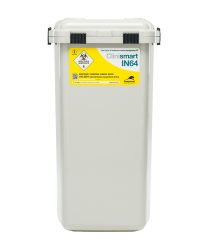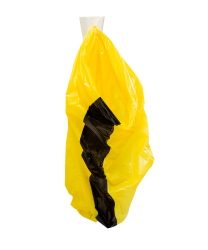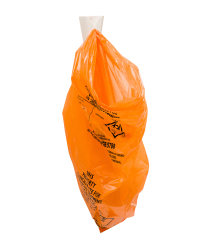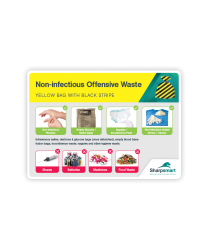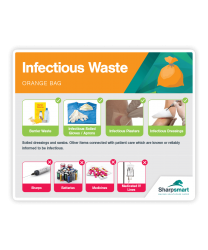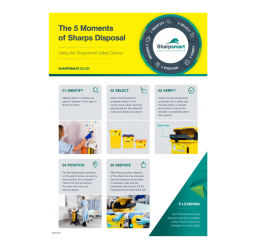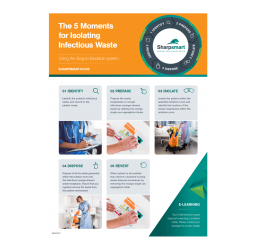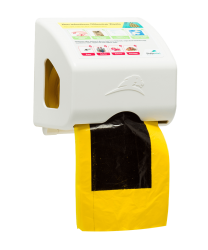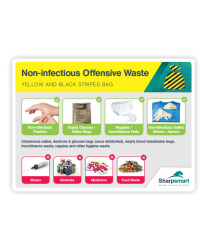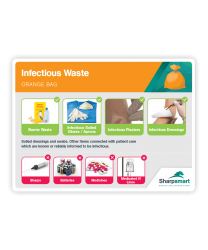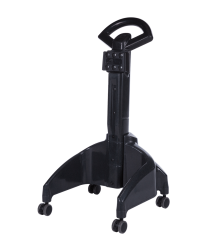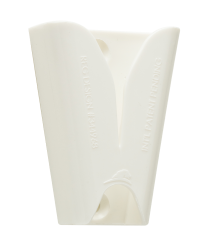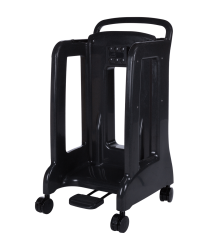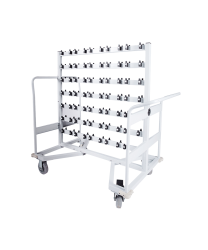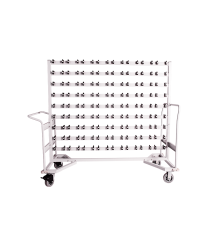Clinical Waste Services – Driven by Safety
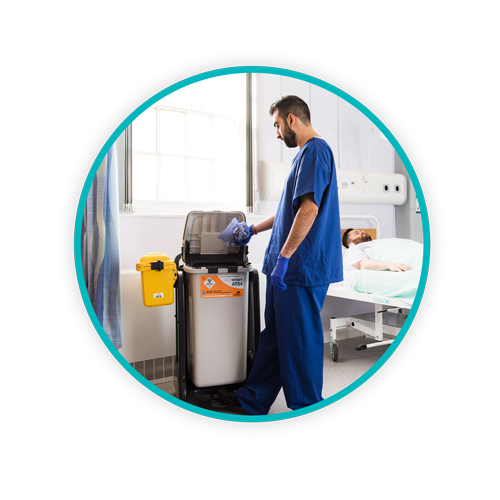 Sharpsmart has created first-class solutions to manage clinical waste disposal with methods that optimise safety and drive waste volume and cost reductions.
Sharpsmart has created first-class solutions to manage clinical waste disposal with methods that optimise safety and drive waste volume and cost reductions.
After identifying what clinical waste is, it's crucial to know that stringent regulations govern its collection, transport and disposal. With over 30 years of experience in healthcare, Sharpsmart has the solutions, licensing and compliance expertise to protect the safety risk exposure and regulatory responsibilities of healthcare facilities in the total management of clinical waste.
Sharpsmart puts safety first when developing our waste management plans, which is why our clinical waste services aim to provide disposal of clinical waste at the point-of-use. By providing point-of-use disposal, the risk of infection transfer is minimised while waste segregation is optimised.
Request a quote or contact us for more details about our clinical waste management process.
CONTACT US
How to Dispose of Clinical Waste
Ensuring safe clinical waste collection, disposal, and management is a critical component of infection control and prevention within healthcare facilities. Compliance with these protocols not only ensures public safety but also minimises the environmental impact of clinical waste, which can be significant if not managed properly.
Here are detailed steps detailing how to dispose of clinical waste:
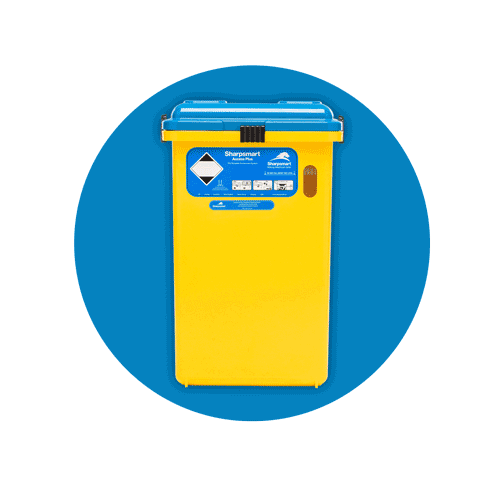
Identify and Segregate
It is essential to correctly identify the type of clinical waste at the point of generation. This classification of waste involves using colour-coded bins or sacks to segregate waste according to its hazardous properties. Such segregation is crucial as it determines the appropriate treatment and disposal method required.
Use Proper Containers
Place all identified clinical waste into designated containers that are built to contain and secure this type of waste safely. Sharpsmart offers a range of containers, such as sharps containers for needles and other sharps waste, and Clinismart units for other clinical waste types. These containers are designed to minimise the risk of spillage and exposure during the storage and transportation phases. We also cater to bagged waste streams with our space-efficient Bag to Bed System.
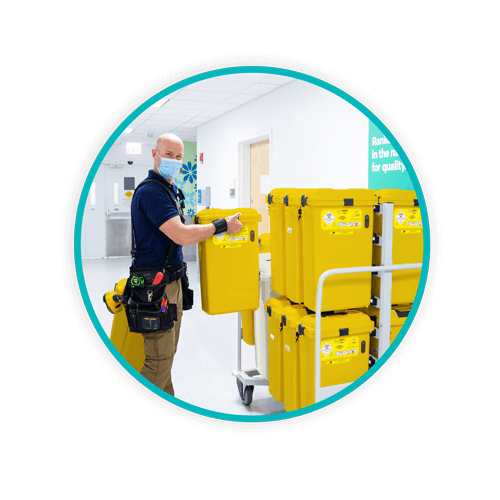
Where Does Clinical Waste Go? Professional Collection Options
Regularly scheduled pickups by certified waste contractors that specialise in handling clinical waste. These services are equipped to deal with various types of clinical waste, ensuring that it is transported and treated according to legal and safety standards. This step is vital for safeguarding public health, as well as complying with regulations on a local and national level.
What Happens to Clinical Waste? Treatment and Disposal
Wondering what happens to clinical waste? Depending on its categorisation, clinical waste may undergo different treatments:
High-Risk Waste
Waste that poses the highest danger to public health or the environment requires treatment through high-temperature incineration at an authorised facility. This method effectively neutralises harmful pathogens and chemicals, reducing the risk of any adverse environmental impact.
Lower-Risk Waste
Clinical waste that poses a lesser risk can be treated using methods such as sterilisation. This alternative treatment is adequate for waste derived from patients with known infection s but categorised as lower risk. Sterilisation helps in safely repurposing or disposing of the waste without the environmental impact associated with incineration.
s but categorised as lower risk. Sterilisation helps in safely repurposing or disposing of the waste without the environmental impact associated with incineration.
Environmental Considerations
It's important to consider the environmental implications of clinical waste disposal. Waste that cannot be recycled or repurposed typically ends up in controlled landfill sites. However, with effective segregation and treatment, the amount of waste sent to landfills can be significantly reduced, minimising the overall environmental footprint.
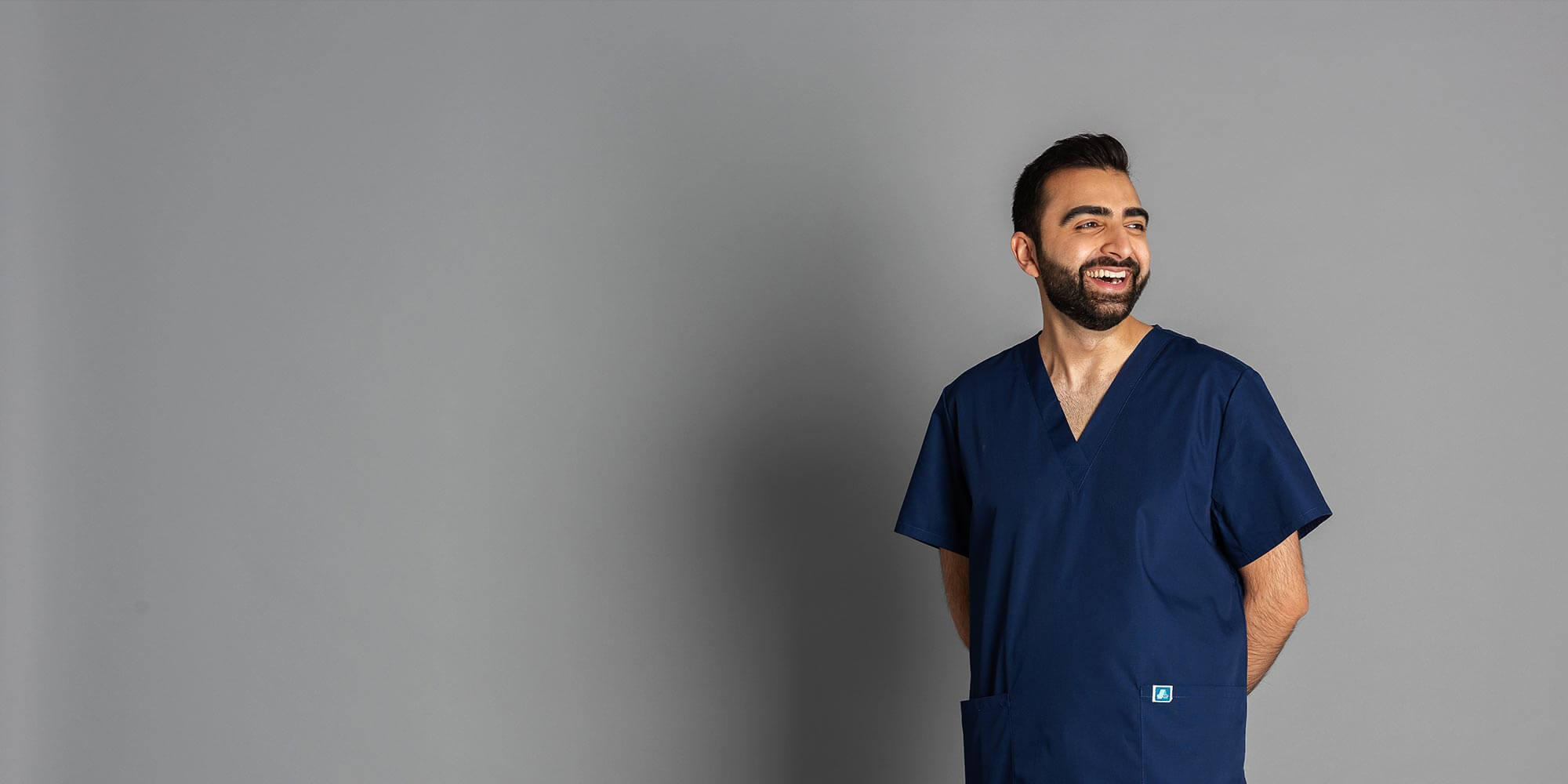
 Sharpsmart has created first-class solutions to manage clinical waste disposal with methods that optimise
Sharpsmart has created first-class solutions to manage clinical waste disposal with methods that optimise 

 s but categorised as lower risk. Sterilisation helps in safely repurposing or disposing of the waste without the environmental impact associated with incineration.
s but categorised as lower risk. Sterilisation helps in safely repurposing or disposing of the waste without the environmental impact associated with incineration.